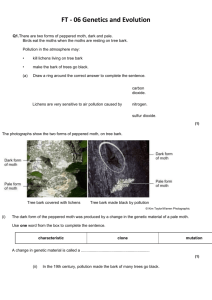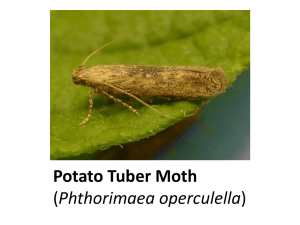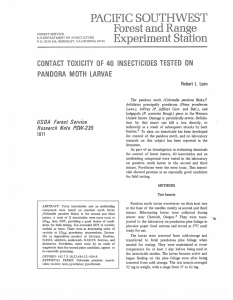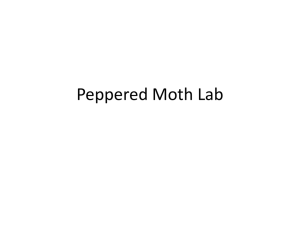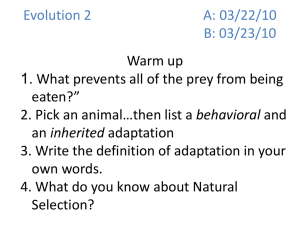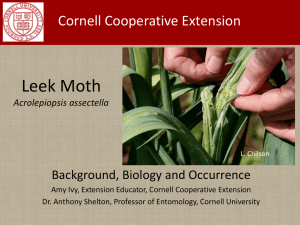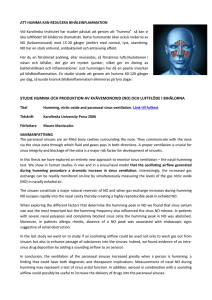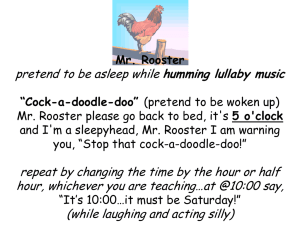The humming bird hawk moth
advertisement
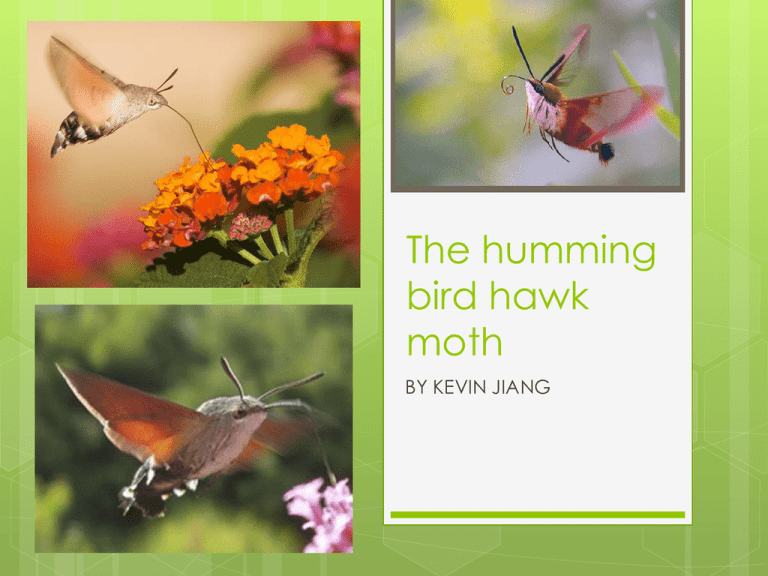
The humming bird hawk moth BY KEVIN JIANG Contents What is a The humming bird hawk moth Facts Life cycle Adults Habitat and host plants What is a The humming bird hawk moth Hummingbird Hawk-moth or sometimes the Hummingmoth, is a species of Sphingidae. Its long proboscis and its hovering behaviour, accompanied by an audible humming noise, make it look remarkably like a hummingbird while feeding on flowers. It shouldn't be confused with the moths called hummingbird moths in North America, genus Hemaris, members of the same family and with similar appearance and behaviour. The resemblance to hummingbirds is an example of convergent evolution. It flies during the day, especially in bright sunshine, but also at dusk, dawn, and even in the rain, which is unusual for even diurnal hawkmoths. Its visual abilities have been much studied, and it has been shown to have a relatively good ability to learn colours. Life cycle The humming bird hawk moth goes threw 4 stages stage 1 The egg stage 2 The larva stage 3 The pupa stage 4 The Adult. They go threw the 4 same stages of a butterfly. Facts The humming bird hawk moth is also called Macroglossum stellatarum They're found in Britain all summer long, especially in southern parts and in Ireland. Hummingbird hawk-moths beat their wings at such speed they emit an audible hum The egg Manduca sexta lays its eggs on the underside of the leaves of its favourite food plant. The tiny, pale eggs are a little over 1 millimetre in diameter and weigh about 1 milligram. A Manduca adult lays eggs just once but she typically lays up to 200 of them The larva Larvae, also known as caterpillars, hatch from their tiny, pale green eggs three to five days after the eggs are laid. These "newborn" or first instar larvae are only a few millimeters long and very pale green, but that changes quickly. As the larvae get older and larger they become bright green with seven pairs of lateral white stripes bordered with black. . The pupa Over the first few hours, chemical reactions cause the pale green skin or cuticle of the new pupa to harden and turn dark brown. During the three-week pupation period, tissues are reorganized to form the structures of the adult Manduca. The adult The pupa completes its development in 19 to 23 days and the adult Manduca sexta emerges. The adult is a large, gray moth with a wingspan of up to 10 centimeters (4 inches). It has dense scaling, banded hindwings, and six orangeyellow spots along each side of the abdomen (hence the scientific name "sexta"). The proboscis, which first appeared as a conspicuous "jug-like handle" in the pupa, becomes a tightly-coiled siphon in the adult. Habitat and host plants These moths can be easily seen in gardens, parks, meadows, bushes and woodland edge, where the preferred food plants grow (Honeysuckle, Red Valerian and many others). Larvae usually feed on bedstraws or madders (Rubia) but have been recorded on other Rubiaceae and Centranthus, Stellaria, and Epilobium. Adults are particularly fond of nectar-rich flowers with a long and narrow calyx, since they can then take advantage of their long proboscis and avoid competition from other insects. Examples of such plants include Centranthus,

